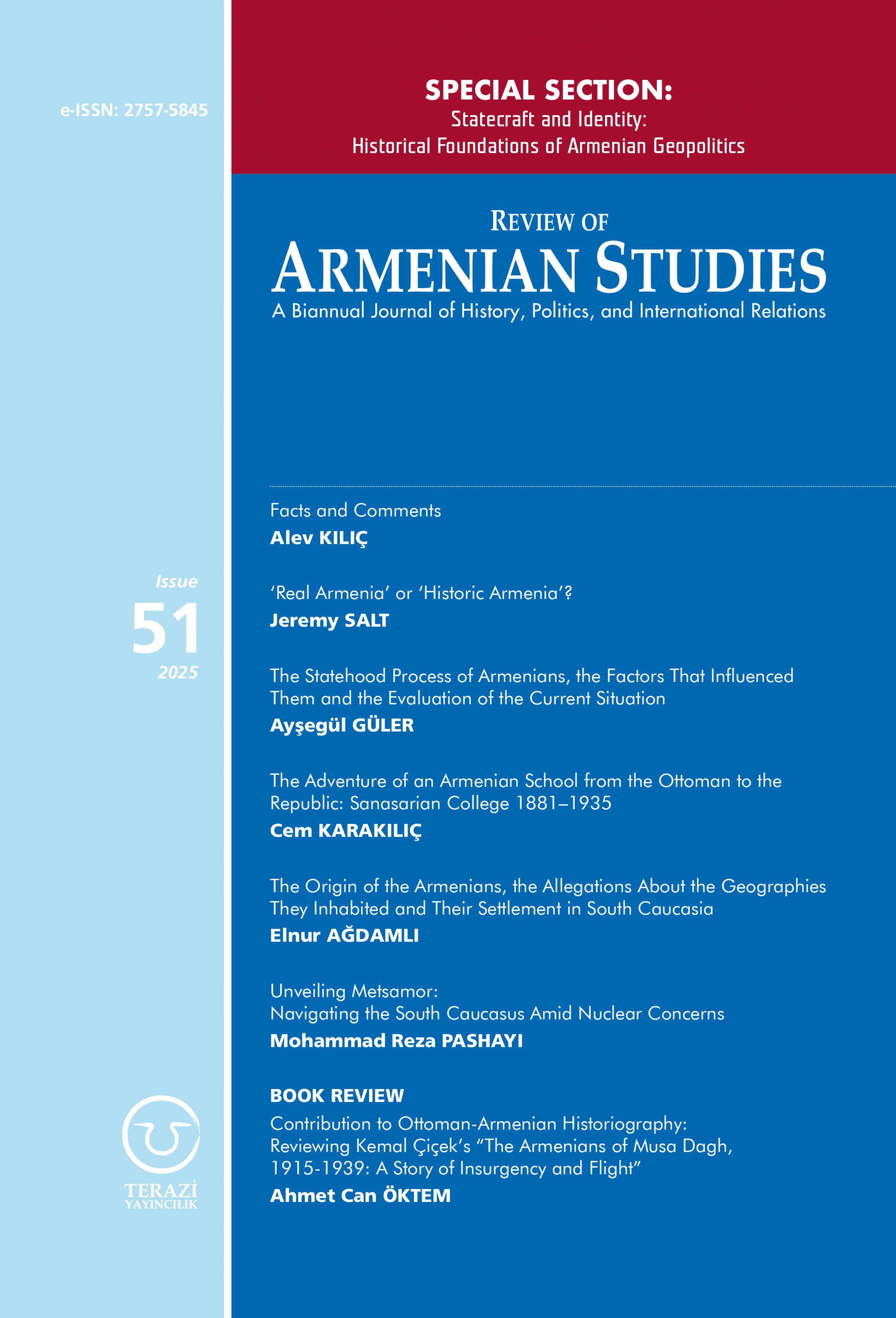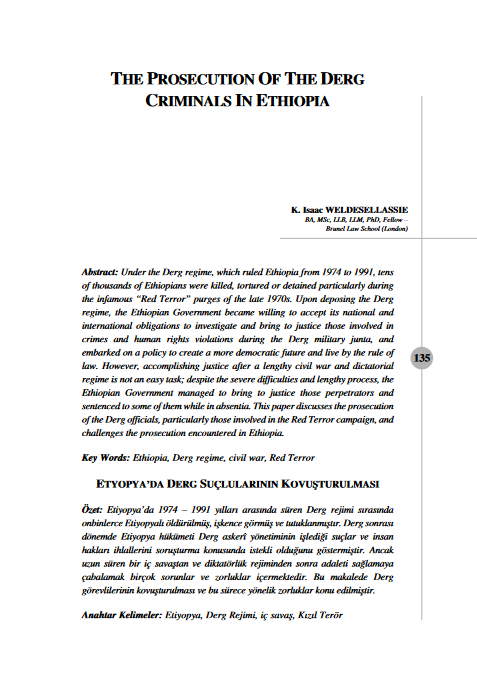ABC News (May 9, 2017)
Seeking to end a stalemate with the Taliban in Afghanistan, the Pentagon has drafted proposals for a slight increase in the number of U.S. troops in Afghanistan, as well as expanded authorities to help Afghan security forces fight the group, according to a U.S. official.
President Trump will have to decide on the proposals, likely in advance of an upcoming NATO meeting.
The proposals are the result of a comprehensive administration review of the U.S. strategy for Afghanistan, where the United States now has 8,400 troops.
More than 2,000 of them are involved in a counterterrorism mission against ISIS and al-Qaeda, but the majority are part of a NATO mission that trains, advises and assists Afghan security forces in their fight against the Taliban insurgency.
There are also an additional 5,000 forces from NATO countries assisting with the mission.
When asked in February to describe the fight against Taliban forces, Army Gen. John Nicholson told a congressional panel, "I believe we're in a stalemate.”
Nicholson also told the Senate Armed Services Committee he needed more troops from the United States or NATO countries to train, advise and assist the mission. “We have a shortfall of a few thousand,” he said.
The new proposals could lead to the addition of 1,000 to 3,000 U.S. troops to the existing forces, according to the U.S. official. NATO partners will also be requested to provide a similar number of personnel. The number of additional U.S. personnel will likely depend on how many troops are committed by NATO countries.
Additional troop levels will likely be a topic of discussion at the May 25 summit of NATO leaders in Brussels.
Other proposals being presented to the White House call for the Pentagon to set the U.S. troops levels and expand the authorities for conducting airstrikes against the Taliban, according to another U.S. official.
The Trump administration two weeks ago gave the Pentagon the authority to set U.S. military troop levels in Iraq and Syria, where U.S. forces are advising and assisting Syrian rebels and the Iraqi military in the fight against ISIS. There are officially 5,200 U.S. troops in Iraq and about 900 in Syria.
At the time, a U.S. defense official said the same authority had not been expanded to Afghanistan pending the administration's review of its overall strategy in that country.
President Obama last summer approved broader authorities for U.S. forces that allowed them to support offensive operations by the Afghans by enabling close air support for Afghan troops and allowing conventional forces to accompany Afghan troops on certain occasions.
Such changes loosened restrictions Obama had put in place in late-2014 as the NATO combat mission in Afghanistan transitioned to a training mission. Among other things, the restrictions limited airstrikes against the Taliban to extreme self-defense situations, and Taliban fighters could no longer be targeted by airstrikes simply because they were members of the group.
As Afghan forces began bearing the brunt of the fighting, they suffered significant casualty rates. Over the past two years, they have averaged more than 5,000 Afghan military and police personnel killed each year in fighting with the Taliban.
Trump has had little to say about Afghanistan since he assumed office. As a candidate, he questioned the role of U.S. troops in Afghanistan.
The U.S. military presence in Afghanistan began Oct. 7, 2001, in response to the 9/11 terror attacks.
The number of U.S. troops remained low compared to the major operations in Iraq that began in 2003. But after a surge of forces in 2009, it reached a peak level of 100,000 in 2010 under the Obama administration.
The Obama administration also set in place timelines for a reduction in U.S. troop levels as Afghan forces became responsible for their own security levels.
President Trump has delegated to the Pentagon the authority to set the American military troop levels in Iraq and Syria. The move restores a process that was in place prior to the Bush and Obama administrations and is another sign of how the White House is giving military commanders greater flexibility in their operations.
"The President has delegated the authority for Force Management Levels (FML) for Iraq and Syria to the Secretary," said Captain Jeff Davis, a Pentagon spokesman, referring to Defense Secretary Jim Mattis.
Davis said the authority is being returned to the Pentagon where it had typically existed prior to the Bush and Obama administrations.
"It’s as much about auditability as it is authority," said Mattis. "The Secretary wants to ensure that we had a way to clearly understand the forces we have there and how they’re being used."
The adjustment does not mean that the numbers of troops in Iraq and Syria is going to change "nor does it change the process by which we will manage those forces" said Davis.
The Pentagon is currently authorized to have 5,262 American military forces in Iraq and 503 for Syria to train, advise and assist the Iraqi military and Syrian rebel forces fighting ISIS.
But the number of troops in those countries is actually higher because additional forces on temporary assignments lasting less than 180 days are not counted as part of the official Force Management Level. That means there are more than 6,000 American troops in Iraq and more than 900 American troops in Syria.
The capping of troops has also meant that some of the support and maintenance duties that would have been handled by military personnel are handled by contractors.
The delegation of the authority of Force Management Levels in Iraq and Syria was first reported by Buzzfeed News.
The Pentagon will now review the current system that has incrementally increased troop levels in the fight against ISIS and come up with its own system.
"It will account for the fact that there will be enduring baseline numbers and that there will be temporary enhancements above those," said Davis.
"Bringing the authority really back here where it’s historically been enables military commanders to be more agile, to more quickly and efficiently support partners, to have more rapid decision-making, and to keep units together," said Davis.
"This is not new," he added. "It simply restores authority and it’s a more effective way of managing it."
Mattis will be able to set troop levels in Iraq and Syria, but the broad strokes for the American military missions there will still be closely coordinated by the administration and other agencies.
The delegation of authority does not apply to Afghanistan where the number of troops is capped at 8,440. The Trump administration is currently reviewing its Afghanistan strategy and the authority for setting troop strengths there will still be handled by the White House.
The top U.S. military commander recently told a congressional panel that he would like to see additional troops to assist with the train and advise mission in Afghanistan.
No comments yet.
-
 UK NEEDS POST BREXIT DEALS WITH TURKEY, SOUTH AFRICA, NOT JUST EU: FORD
Europe - EU
10.05.2017
UK NEEDS POST BREXIT DEALS WITH TURKEY, SOUTH AFRICA, NOT JUST EU: FORD
Europe - EU
10.05.2017
- BORISOV 3 CABINET TO DISCUSS THE NOMINATION FOR A BULGARIAN EU COMMISSIONER TODAY The Balkans 10.05.2017
- IRAQ FORCES MAKE SWIFT PROGRESS IN WEST MOSUL Iraq 10.05.2017
- HOAGLAND: US, RUSSIA WILL CONTINUE TO COOPERATE ON KARABAKH CONFLICT SETTLEMENT The Caucasus and Turkish-Armenian Relations 10.05.2017
- SERBIAN PM MEETS WITH SLOVENIAN DM AFTER V-DAY EVENT The Balkans 10.05.2017
-
25.01.2016
THE ARMENIAN QUESTION - BASIC KNOWLEDGE AND DOCUMENTATION -
12.06.2024
THE TRUTH WILL OUT -
27.03.2023
RADİKAL ERMENİ UNSURLARCA GERÇEKLEŞTİRİLEN MEZALİMLER VE VANDALİZM -
17.03.2023
PATRIOTISM PERVERTED -
23.02.2023
MEN ARE LIKE THAT -
03.02.2023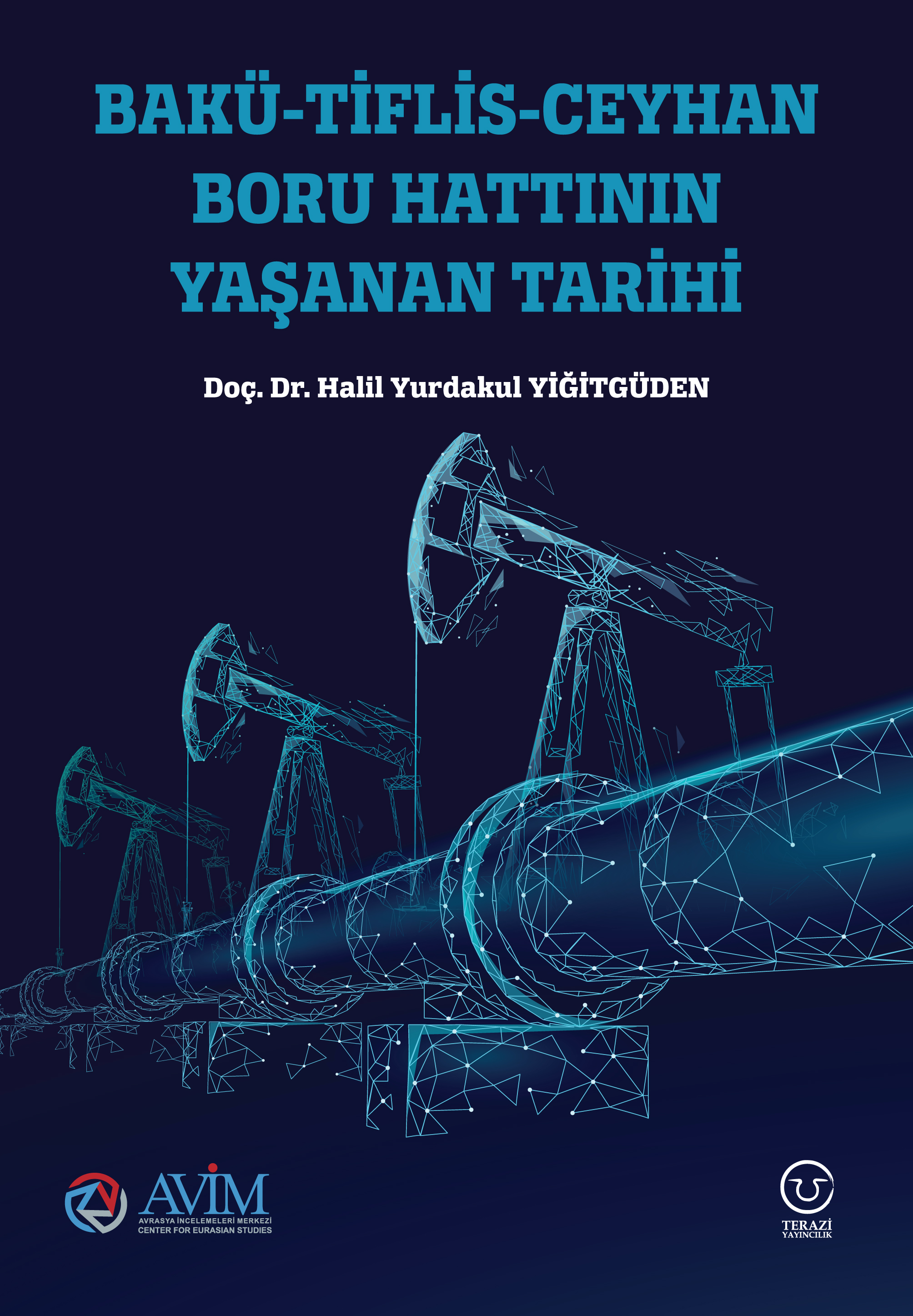
BAKÜ-TİFLİS-CEYHAN BORU HATTININ YAŞANAN TARİHİ -
16.12.2022
INTERNATIONAL SCHOLARS ON THE EVENTS OF 1915 -
07.12.2022
FAKE PHOTOS AND THE ARMENIAN PROPAGANDA -
07.12.2022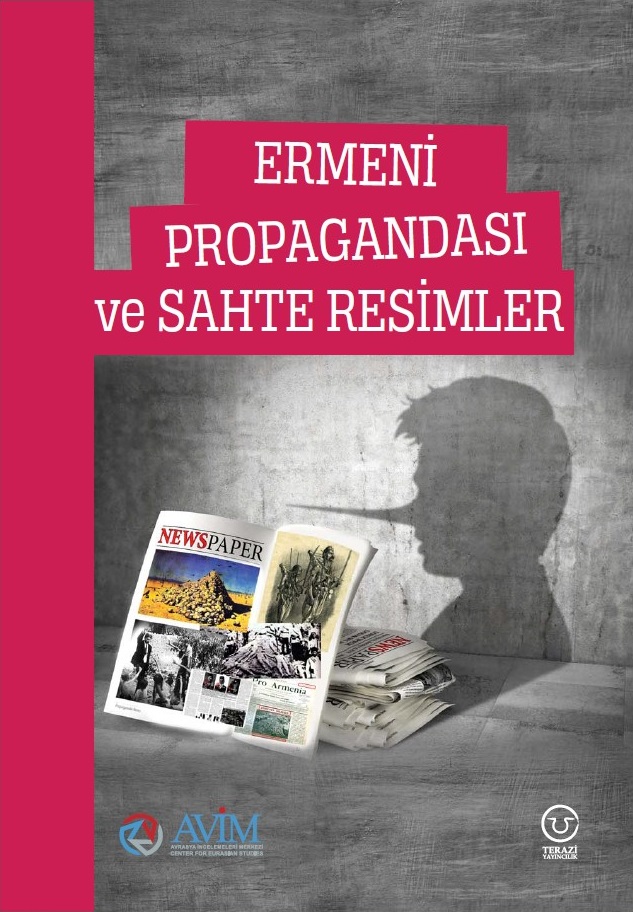
ERMENİ PROPAGANDASI VE SAHTE RESİMLER -
01.01.2022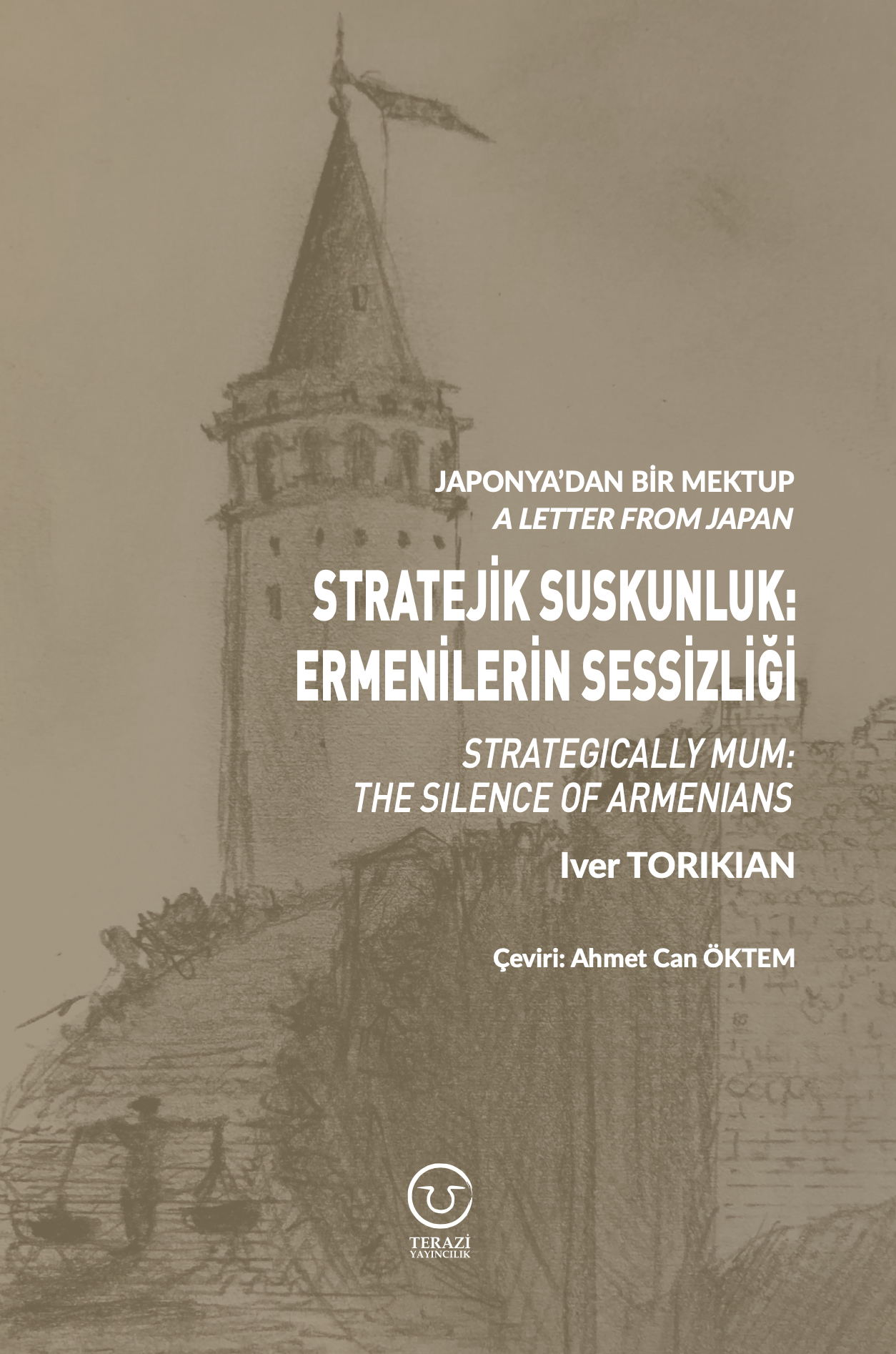
A Letter From Japan - Strategically Mum: The Silence of the Armenians -
01.01.2022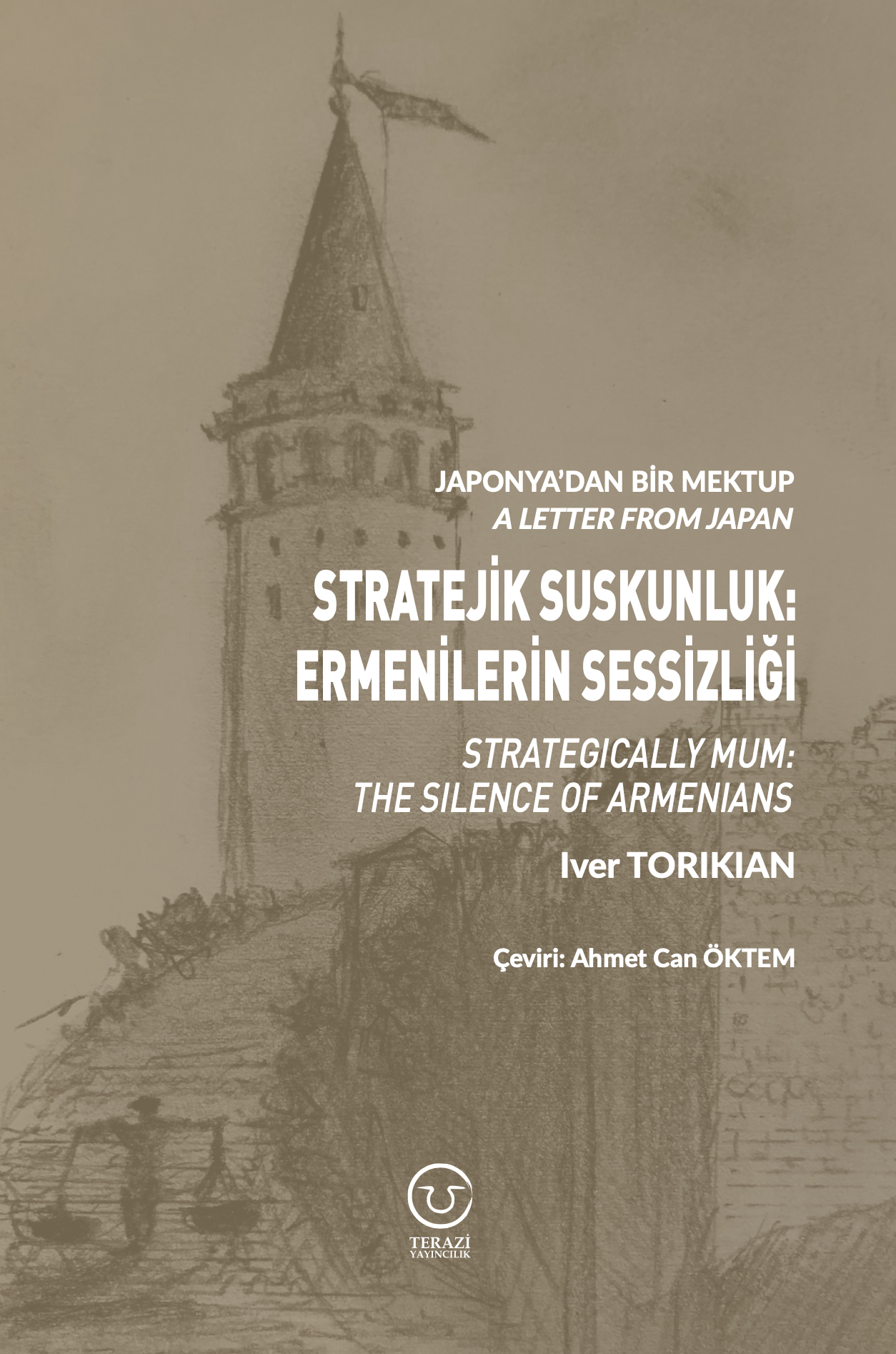
Japonya'dan Bir Mektup - Stratejik Suskunluk: Ermenilerin Sessizliği -
03.06.2020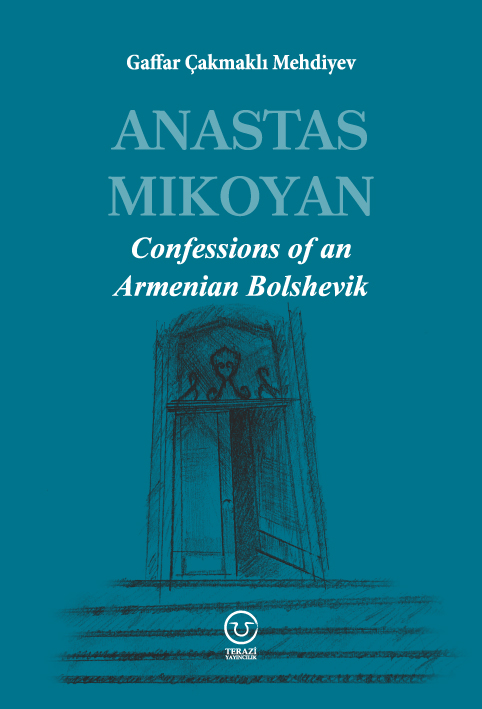
Anastas Mikoyan: Confessions of an Armenian Bolshevik -
08.04.2020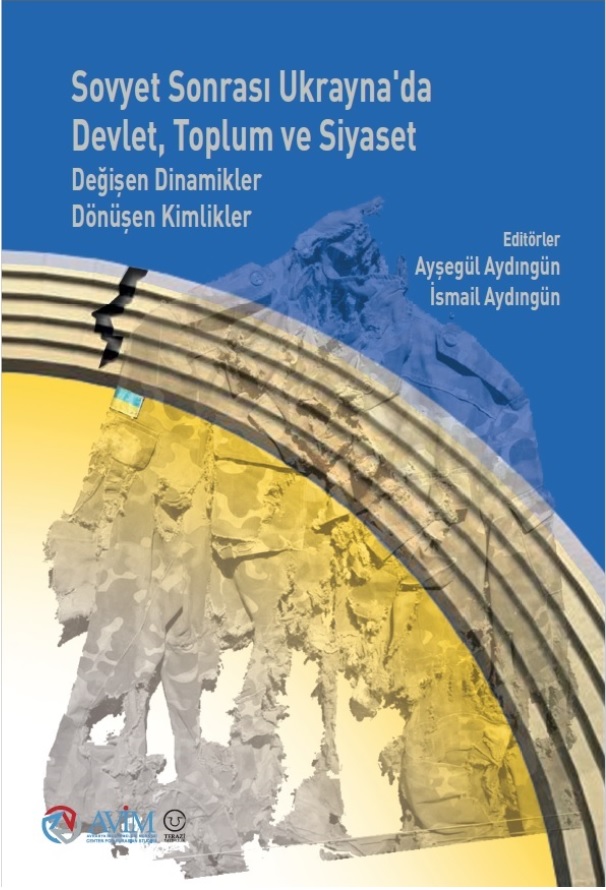
Sovyet Sonrası Ukrayna’da Devlet, Toplum ve Siyaset - Değişen Dinamikler, Dönüşen Kimlikler -
12.06.2018
Ermeni Sorunuyla İlgili İngiliz Belgeleri (1912-1923) - British Documents on Armenian Question (1912-1923) -
02.12.2016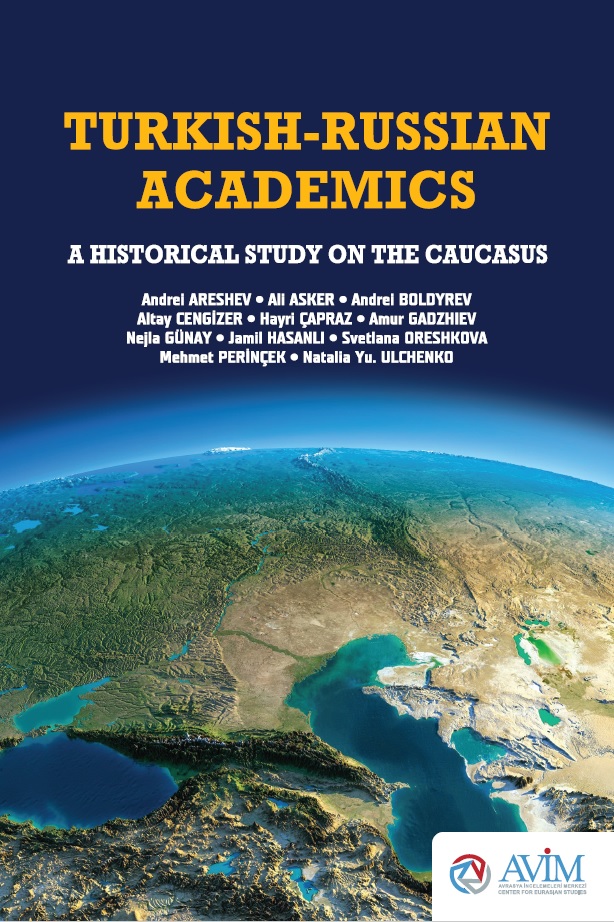
Turkish-Russian Academics: A Historical Study on the Caucasus -
01.07.2016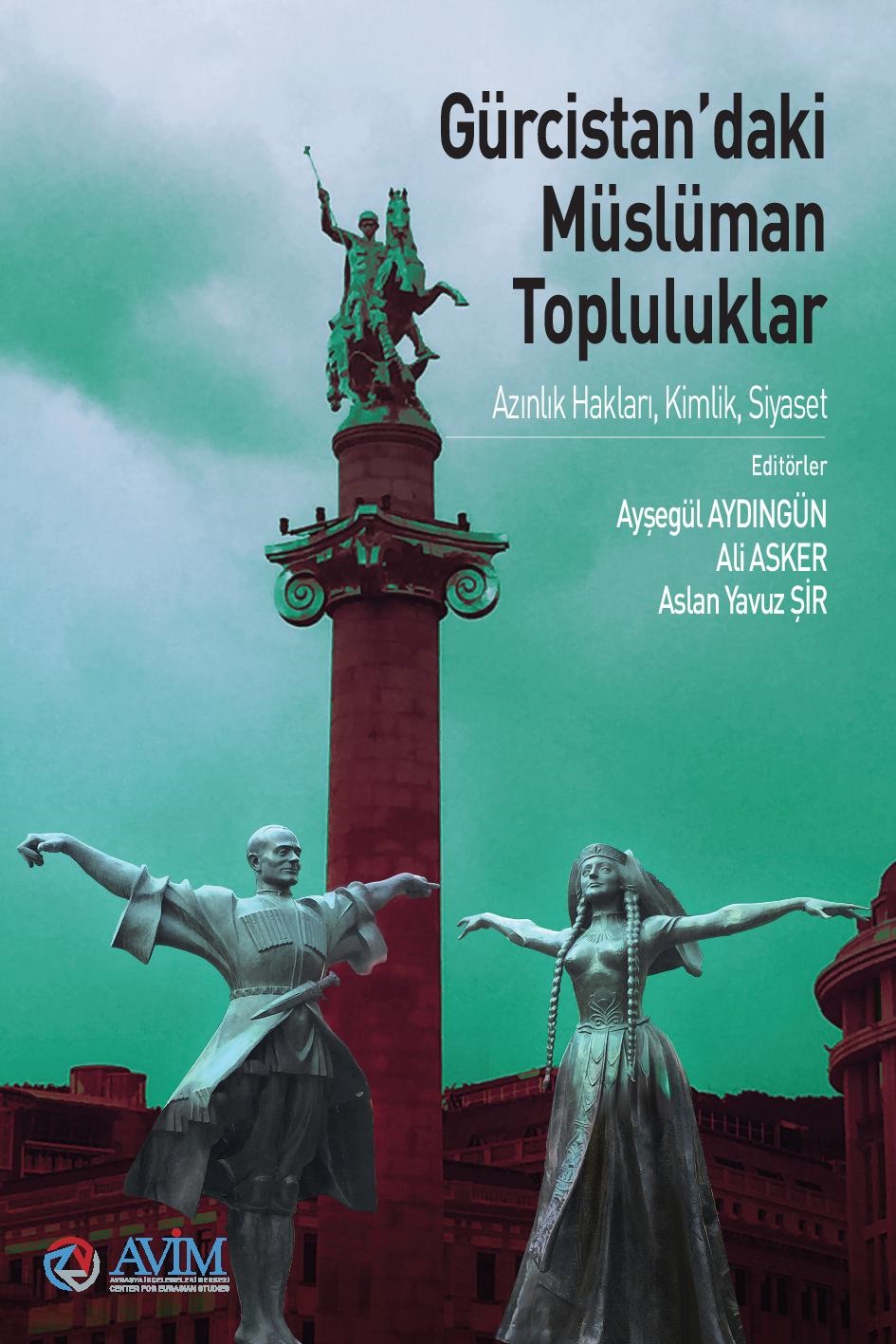
Gürcistan'daki Müslüman Topluluklar: Azınlık Hakları, Kimlik, Siyaset -
10.03.2016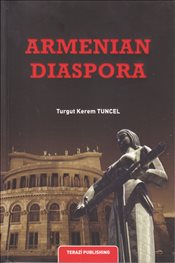
Armenian Diaspora: Diaspora, State and the Imagination of the Republic of Armenia -
24.01.2016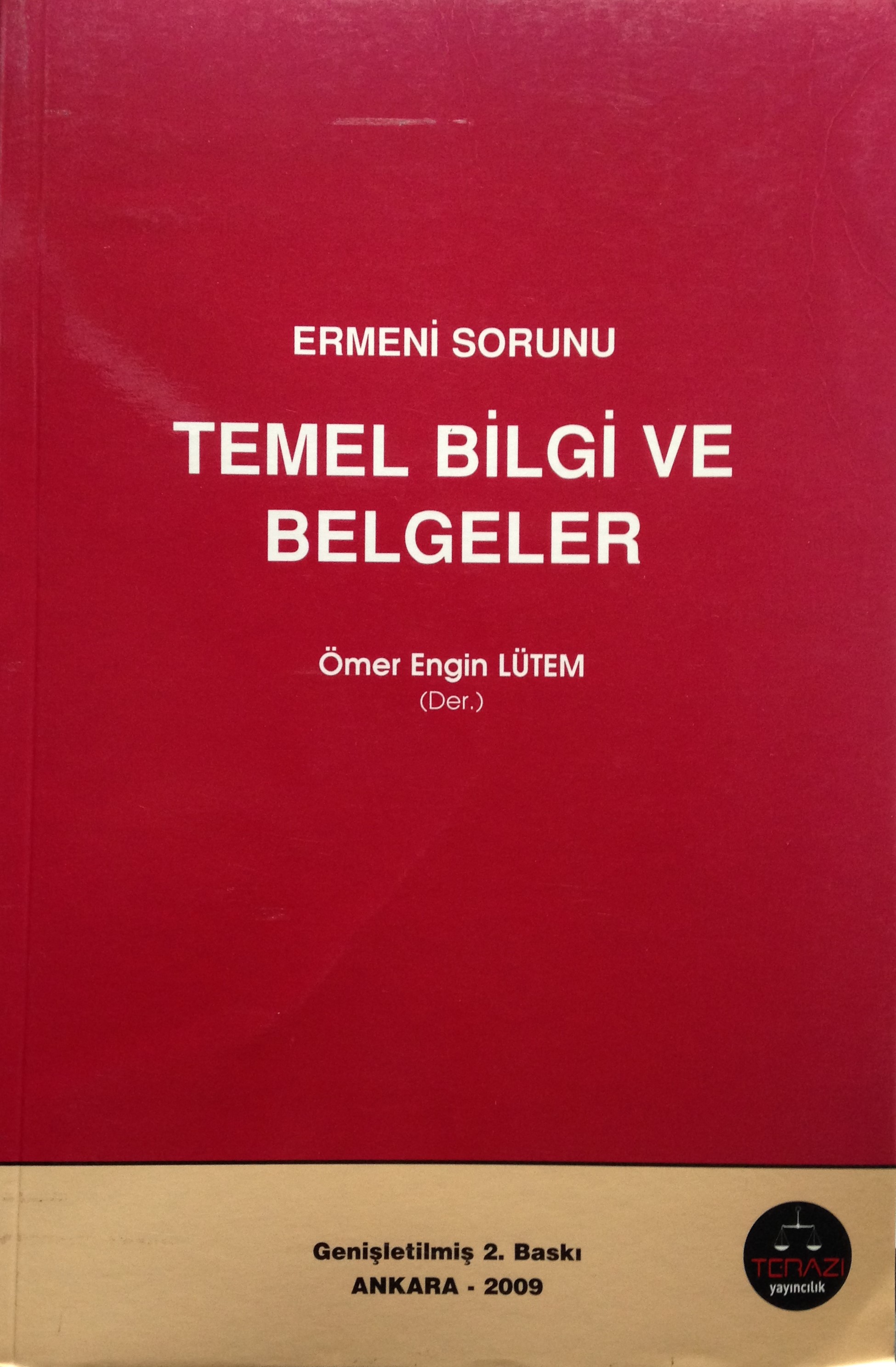
ERMENİ SORUNU - TEMEL BİLGİ VE BELGELER (2. BASKI)
-
AVİM Conference Hall 24.01.2023
CONFERENCE TITLED “HUNGARY’S PERSPECTIVES ON THE TURKIC WORLD"


